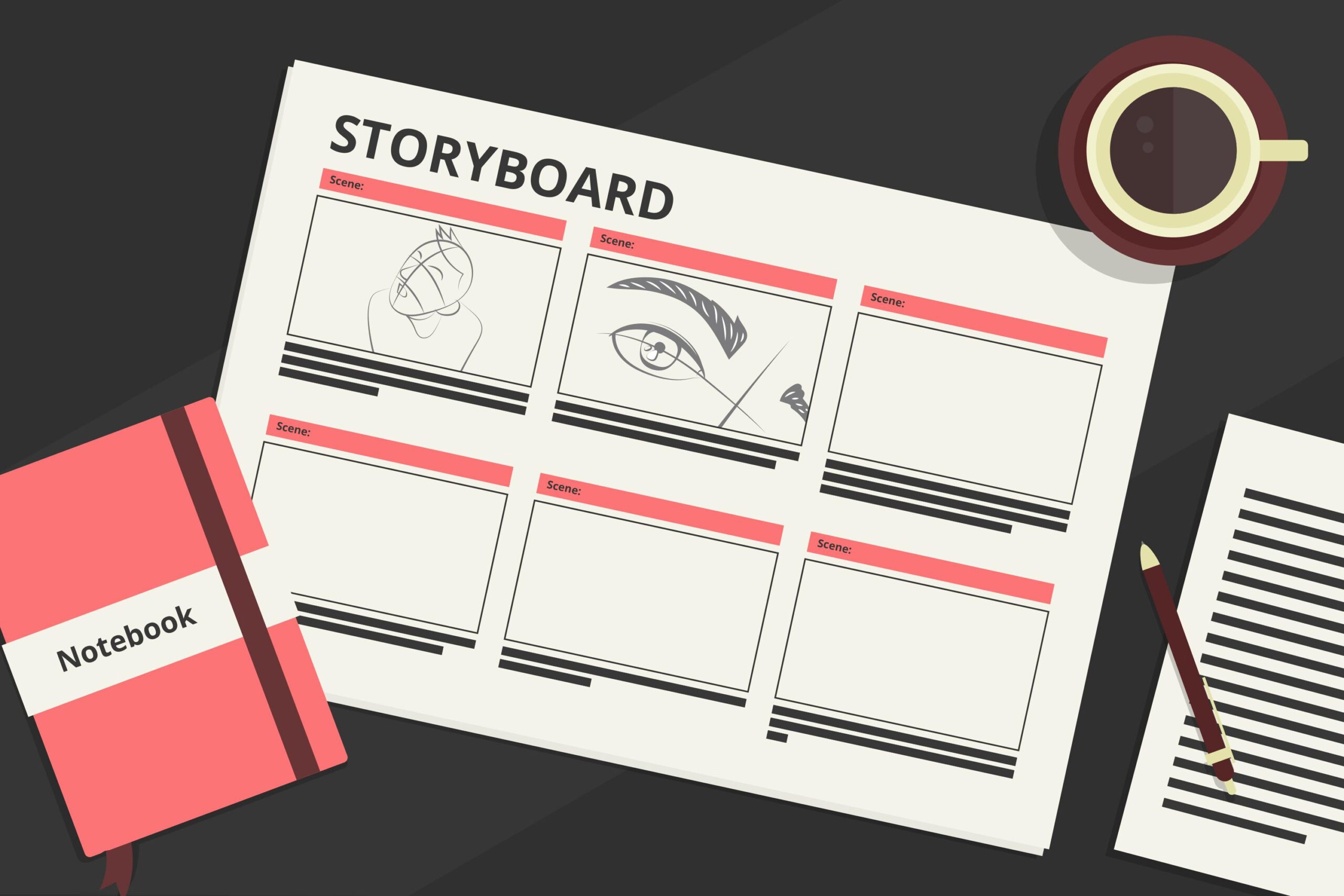Storyboarding in content development is one of the most effective ways to turn ideas into engaging and structured learning. A content storyboard helps visualize training flow, remove confusion, and ensure all stakeholders are aligned before development begins. When done right, storyboarding content saves time, improves quality, and makes eLearning projects smoother from start to finish.
Requesting for a demo to see how we at Red Chip Solutions build powerful storyboards for eLearning.
What You’ll Learn in This Blog
- Why storyboarding is important in content development
- How to storyboard the content step by step
- Using storyboarding in Storyline for interactive learning
- Best practices and expert tips
- How Red Chip Solutions can help
- Check our portfolio here to see real examples of structured learning solutions.
Why Storyboarding is Crucial in Content Development
When clients ask, “Why spend time on storyboarding the content?” the answer is simple: it reduces costly mistakes. By mapping lessons early, you can identify gaps, adjust design, and align with business goals. A guide to storyboarding makes development faster, reduces revisions, and ensures consistency across training.
For example, industry leaders like eLearning Industry explain how storyboards improve team communication and speed up delivery.
How to Storyboard the Content Step by Step
Creating a content storyboard doesn’t need to be complex. Follow these steps:
- Define learning goals – Clear objectives guide your storyboard.
- Structure the flow – Arrange slides or modules logically.
- Add visuals and narration – Use text, graphics, and voice prompts.
- Plan interactivity – Think about quizzes, buttons, or branching.
- Review with stakeholders – Share the storyboarding content to confirm accuracy.
Requesting for a demo so you can see how we guide clients through this process hands-on.
Using Storyboarding in Storyline
If you use Articulate, then storyboarding in Storyline is the best way to ensure smooth transitions into development. Instead of jumping straight into design, building a content storyboard allows you to align scripts, triggers, and layers in advance. This avoids confusion and ensures faster publishing.
For more technical insights, resources like Articulate’s official blog provide best practices for building effective eLearning storyboards.
Best Practices and Expert Tips
- Keep the storyboarding content simple but detailed.
- Add interactivity in the storyboard, not as an afterthought.
- Always tie your guide to storyboarding back to learning goals.
- Use visual references for developers.
- Share early drafts for feedback to save rework later.
Check our portfolio to see how Red Chip Solutions transforms content into interactive learning with strong storyboards.
Conclusion: Why Storyboarding Matters
Without a content storyboard, projects often miss deadlines, go over budget, or fail to engage learners. A clear guide to storyboarding ensures structured learning, better collaboration, and smoother execution. Whether you’re building eLearning from scratch or using storyboarding in Storyline, storyboards are the blueprint to success.
Ready to transform your training?
Requesting for a demo today to explore how Red Chip Solutions can design effective storyboards tailored for your learners.





